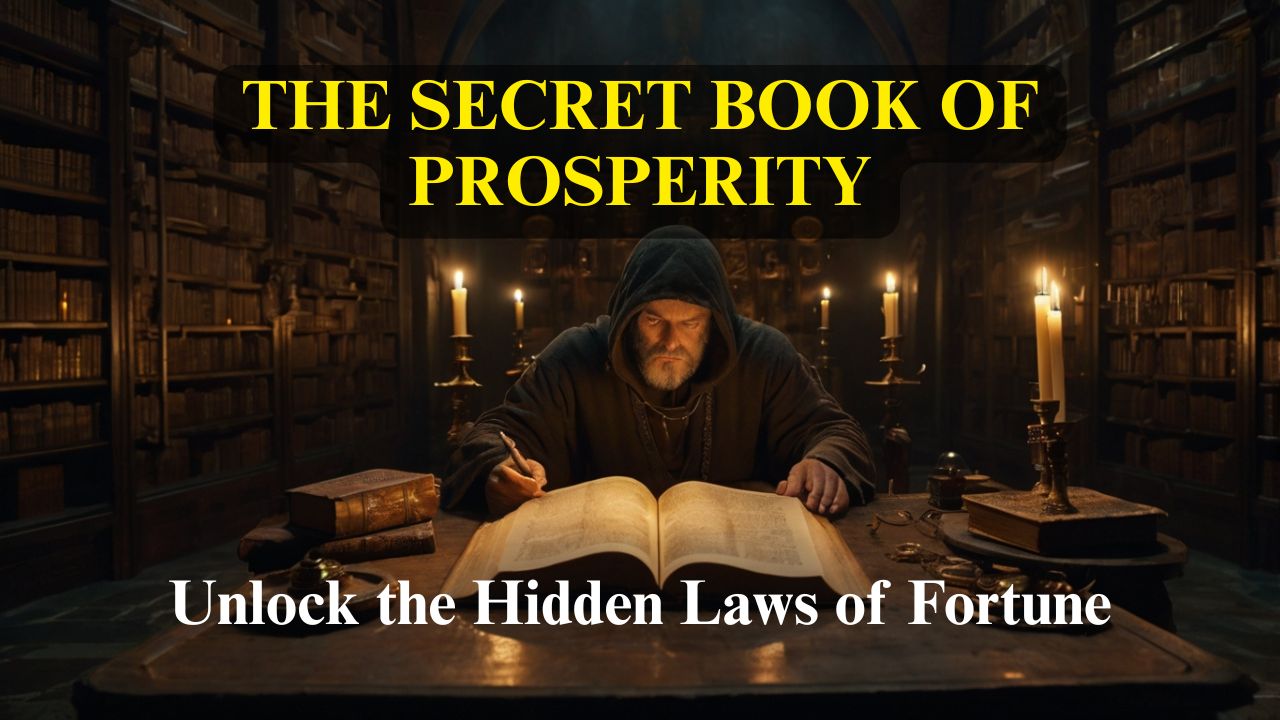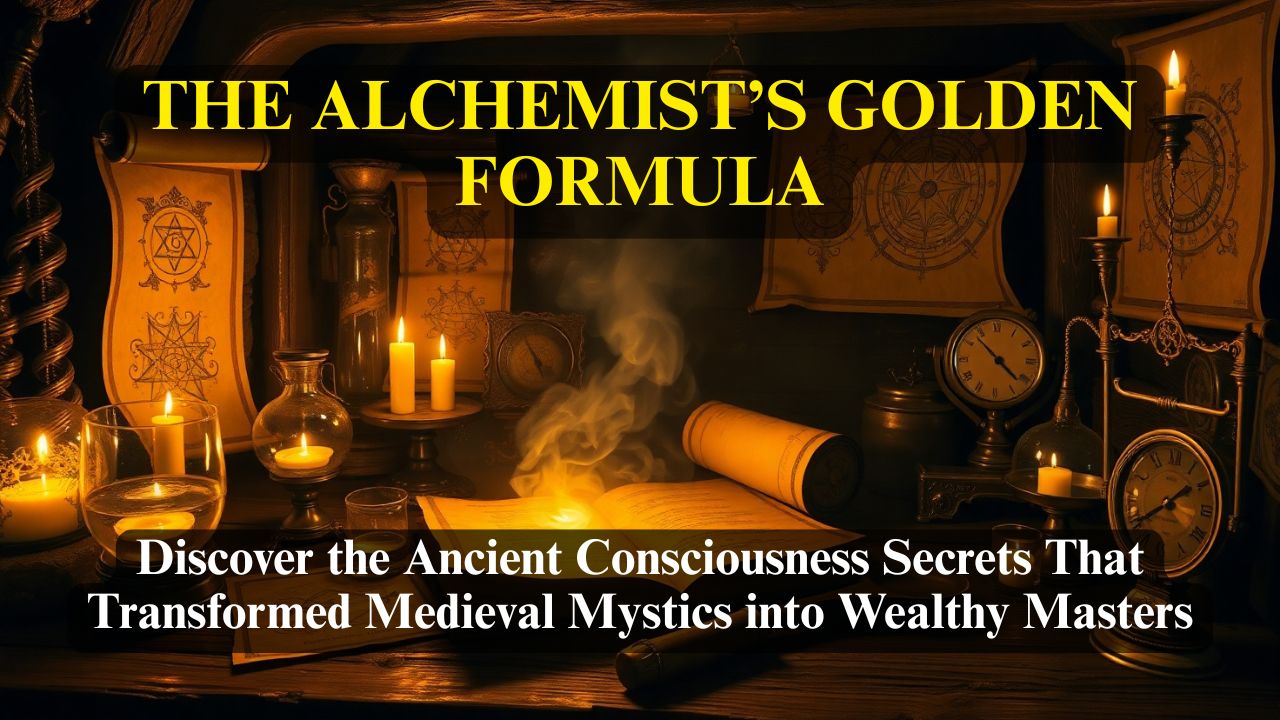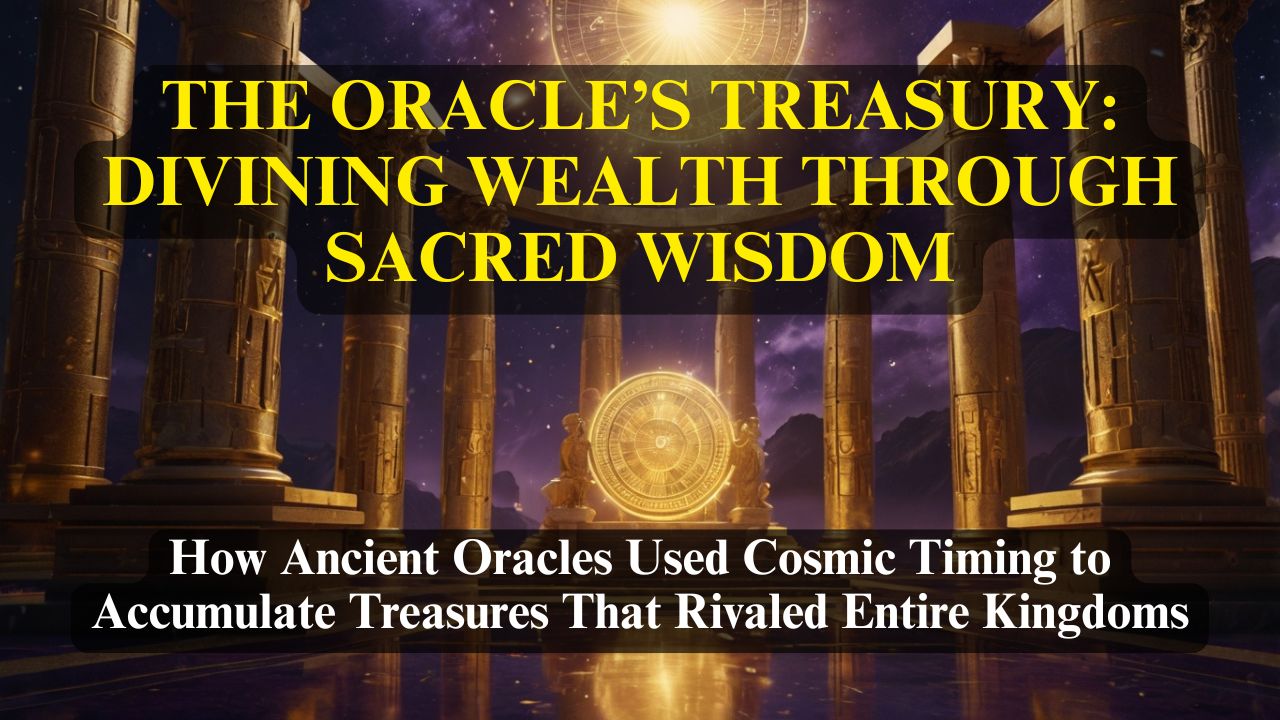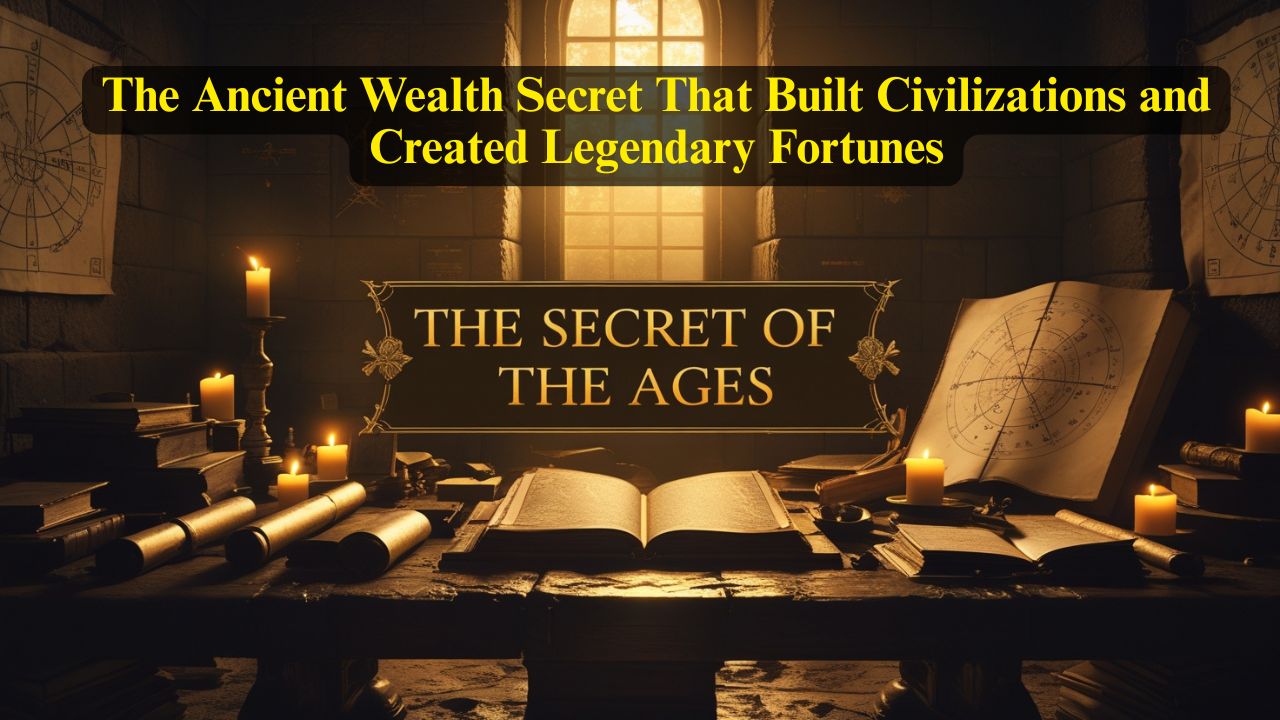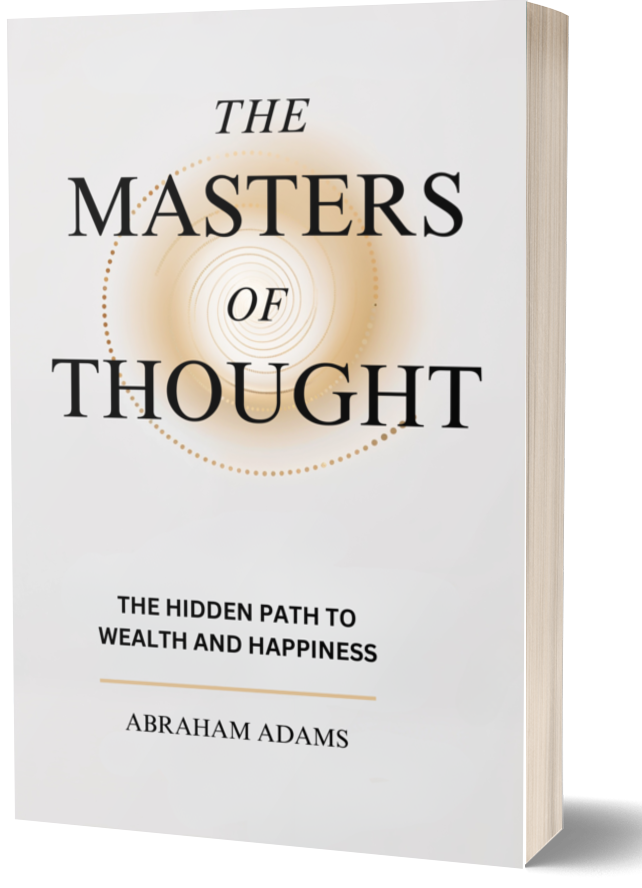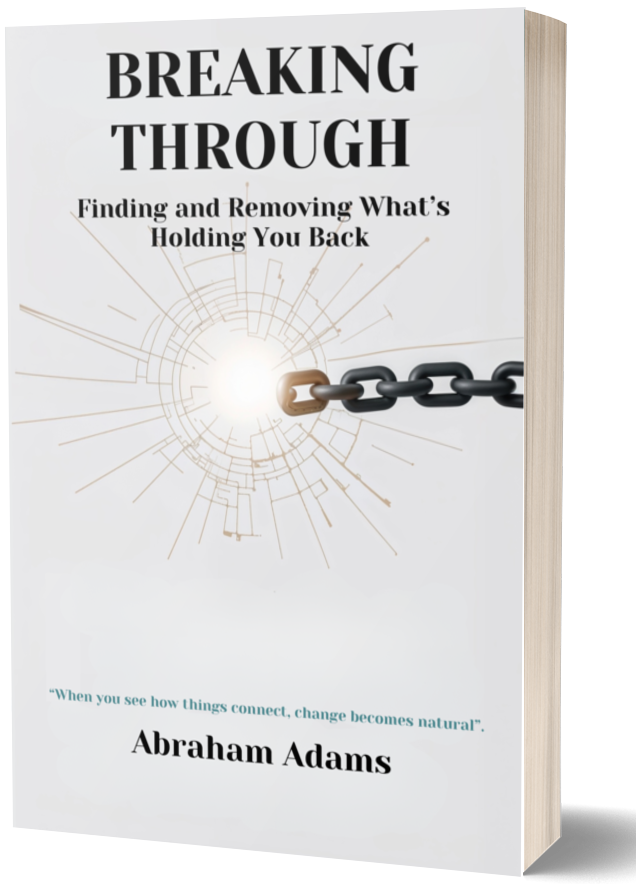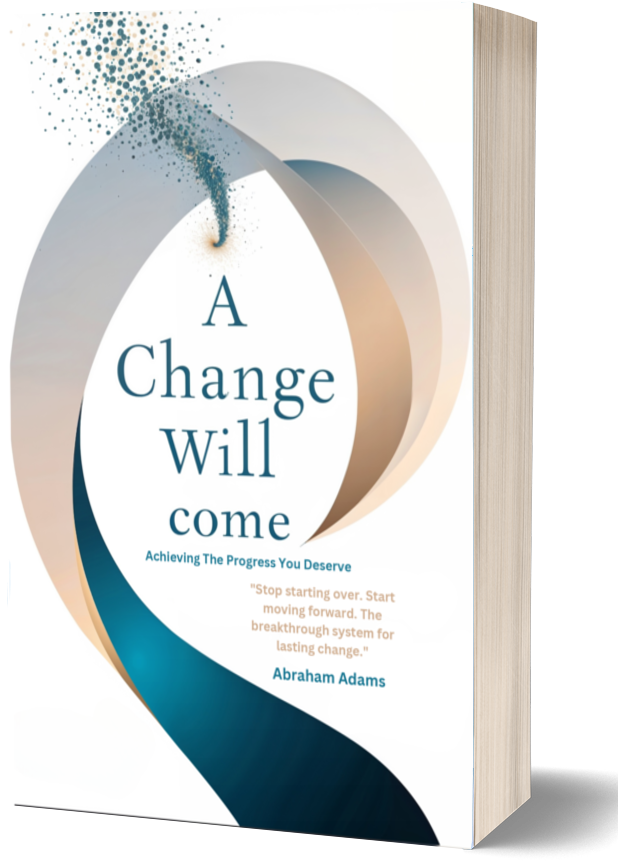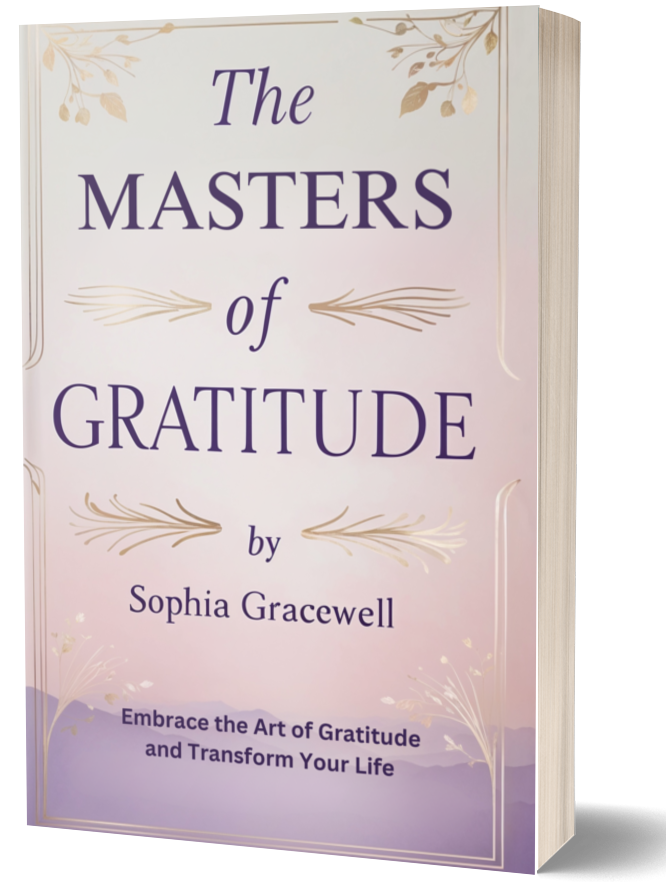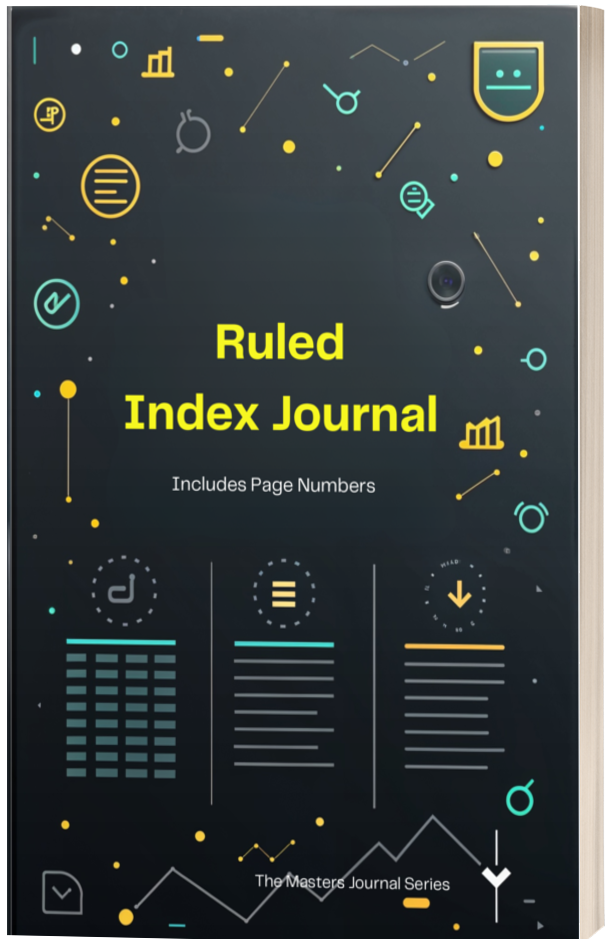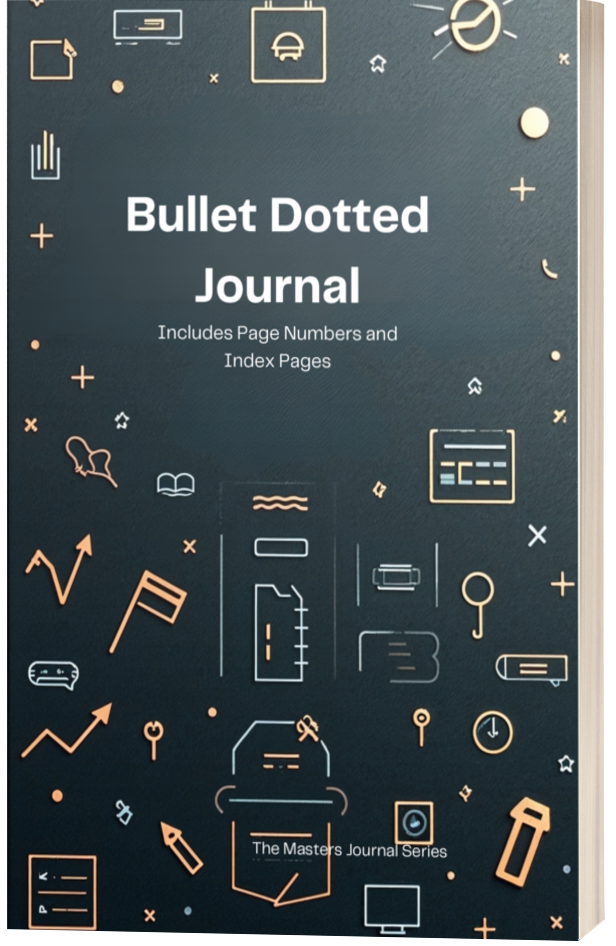The Merchant Prince Mysteries
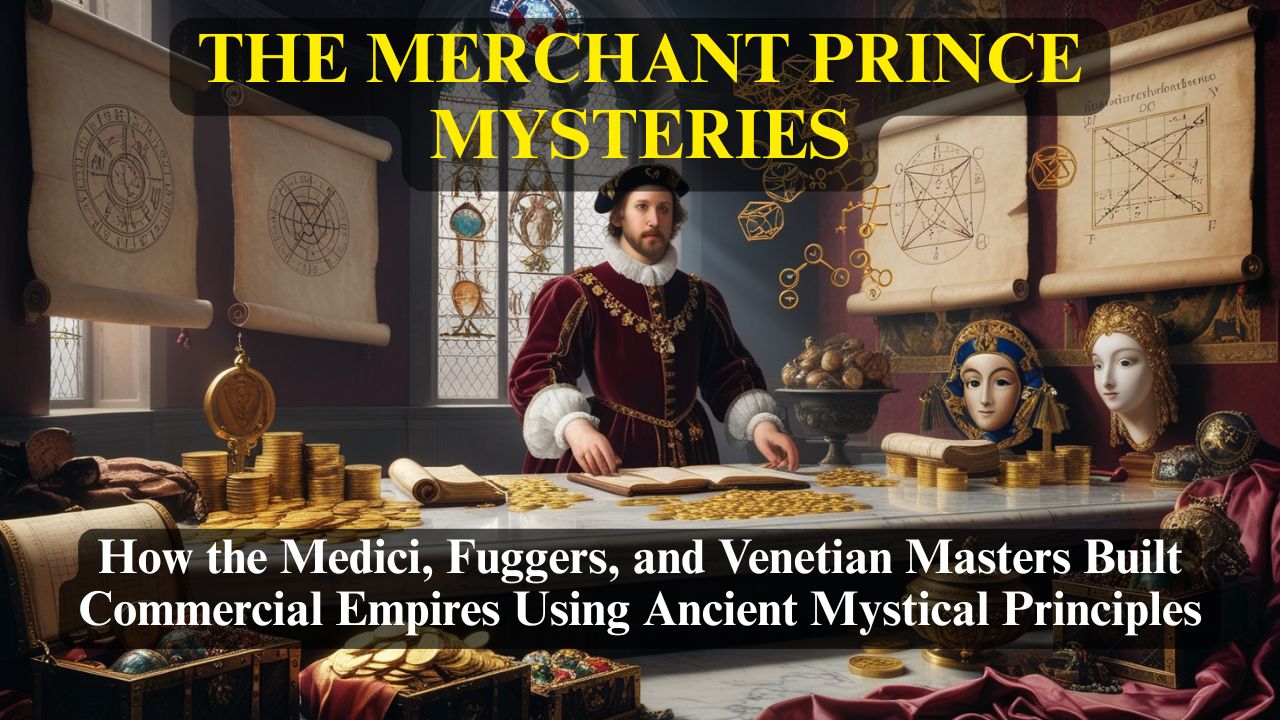
The Medici Mysteries: Banking on Divine Favor
In the heart of Renaissance Florence, within the imposing walls of the Palazzo Medici, the most powerful banking dynasty in European history conducted business according to principles that would have been familiar to Egyptian temple priests and Babylonian astrologer-merchants. The Medici understood that their true capital was not the florins in their vaults, but their mastery of the invisible forces that govern material manifestation.
Cosimo de' Medici, known as "Pater Patriae" (Father of the Country), maintained a private library that contained not only accounting texts and commercial correspondence, but also hermetic manuscripts, alchemical treatises, and astrological charts that guided every major financial decision. His legendary ability to predict market movements and political upheavals stemmed from his understanding that earthly events follow celestial patterns discernible to the trained eye.
The Medici banking houses operated according to what family insiders called the "Florentine Formula"—a synthesis of Platonic philosophy, hermetic wisdom, and practical economics that treated money as crystallized spiritual energy. Each branch of their international network was positioned not merely for commercial convenience, but according to mystical correspondences that enhanced the flow of prosperity through their operations.
Lorenzo de' Medici, the Magnificent, elevated these practices to an art form, surrounding himself with scholars, artists, and mystics who helped him decode the deeper patterns underlying market fluctuations. His famous patronage of Renaissance artists was not mere cultural vanity, but a sophisticated understanding that beauty and abundance operate according to the same harmonic principles—an investment in aesthetic excellence that inevitably attracted material prosperity.
The family's decline began only when later generations abandoned these mystical practices in favor of purely material calculations, demonstrating that their wealth had always depended more on spiritual alignment than on conventional business acumen.
The Venetian Tide Masters
From their palaces lining the Grand Canal, the great merchant families of Venice—the Contarinis, the Mocenigos, the Barbaros, and the Dandolos—built a commercial empire that stretched from London to Constantinople using principles derived from the ancient mystery schools. These were not merely traders, but masters of what they called "Tidal Economics"—the understanding that prosperity flows in predictable cycles that mirror the movements of ocean tides.
The Venetian nobles discovered that the same lunar influences that governed their famous tides also regulated the ebb and flow of commercial opportunity. Their private records, preserved in the Secret Archives of the Doge's Palace, reveal sophisticated systems for timing trade expeditions, currency exchanges, and major investments according to celestial cycles that ensured maximum profitability.
Enrico Dandolo, the blind Doge who orchestrated the Fourth Crusade, demonstrated the ultimate fusion of spiritual insight and commercial genius. His ability to perceive opportunities invisible to others—literally and figuratively—stemmed from his mastery of what the Venetians called "Inner Sight," a form of mystical perception that revealed the hidden currents of prosperity flowing beneath surface events.
The Arsenal of Venice, the great shipyard that built the fleets enabling Venetian dominance, was constructed according to sacred geometric principles that harmonized human labor with cosmic forces. The workers unknowingly participated in a vast magical operation that imbued every ship with the power to attract favorable winds, profitable cargo, and safe passage through dangerous waters.
The Venetian spice trade monopoly was maintained not through military force alone, but through the merchants' understanding of what they termed "Aromatic Alchemy"—the recognition that certain spices and exotic goods carried subtle energies that enhanced prosperity consciousness in those who traded them. Venice became wealthy not just by selling spices, but by becoming a focal point for abundance energy throughout the Mediterranean world.
The Fugger Formula: Mining the Earth's Secret Treasury
In the mountain city of Augsburg, the House of Fugger developed perhaps the most systematic application of mystical principles to wealth creation in European history. Jakob Fugger "the Rich," whose fortune at its peak exceeded the treasuries of entire kingdoms, approached business as a form of practical magic that required the same precision and spiritual discipline demanded by any sacred art.
The Fugger mining operations throughout the Alps were guided by principles that combined geological knowledge with hermetic wisdom. Their prospectors used not only traditional tools, but also dowsing rods, astrological charts, and alchemical calculations to locate the richest ore veins. They understood that metals form according to cosmic influences, and that successful mining required alignment with the same planetary forces that govern their creation.
Jakob Fugger maintained what amounted to a private mystery school within his commercial enterprise, training selected family members and trusted associates in the esoteric principles underlying material abundance. These initiates learned to perceive the invisible currents of prosperity that flow through human consciousness and to position themselves as conductors for these forces in the realm of commerce.
The Fugger banking network operated according to what they called the "Principle of Spiritual Leverage"—the understanding that consciousness aligned with cosmic law could multiply material resources far beyond what conventional calculation would suggest possible. Their loans to European royalty were made not based solely on collateral, but on their mystical assessment of whether the borrower's intentions aligned with divine will.
The family's legendary wealth reached its peak when they achieved what their private texts called "The Great Circulation"—a state where their commercial activities became so harmonized with universal principles that money flowed through their enterprises with the same inevitability that blood flows through a healthy body. At this point, they ceased to work for wealth and instead became channels through which abundance naturally expressed itself.
The Alchemical Mines
The Fugger mining operations represented the practical application of alchemical principles on an industrial scale. Their mountain facilities were designed as giant outdoor laboratories where the transmutation of base earth into precious metals occurred through the marriage of human will and cosmic timing.
Mining commenced only during astrologically favorable periods when planetary influences supported the successful extraction of metals from the earth. The workers, unknowingly participating in alchemical operations, followed procedures that enhanced both safety and productivity through alignment with natural rhythms.
The Fuggers discovered that certain mines yielded greater treasures when worked with consciousness of gratitude and reverence toward the earth's generosity. They instituted practices that honored the mountain spirits and ensured that their extraction of wealth enhanced rather than depleted the land's natural abundance.
The Phoenician Pathways: Templates and Trade Routes
Long before Venice ruled the Mediterranean, the Phoenician merchants of Tyre, Sidon, and Carthage established the template for mystical commerce that would influence trading dynasties for millennia. These master navigators understood that successful trade routes were not merely geographic paths, but channels of spiritual energy connecting regions of complementary need and abundance.
The Phoenicians possessed knowledge inherited from the ancient temple civilizations of Egypt and Mesopotamia, understanding that commerce at its highest level was a form of sacred exchange that enhanced prosperity for all participants rather than merely transferring wealth from one party to another. Their trading posts throughout the Mediterranean were positioned according to mystical geography that maximized the flow of beneficial energy through their commercial network.
Hiram of Tyre, who supplied materials for Solomon's Temple, demonstrated the ultimate integration of spiritual wisdom and commercial success. His ability to provide exactly the right materials at precisely the right time stemmed from his understanding of the cosmic correspondences that govern the manifestation of earthly resources.
The famous Phoenician purple dye monopoly was maintained through more than trade secrecy—it involved understanding the mystical properties of color and its effects on human consciousness. Purple, the color of royalty and spiritual authority, naturally commanded premium prices because it harmonized with archetypal energies associated with power and abundance.
The Phoenician alphabet, humanity's first practical writing system, was developed not merely for record-keeping but as a magical technology that enhanced their ability to communicate across vast distances and diverse cultures. Each letter contained subtle influences that facilitated successful negotiations and profitable agreements between trading partners.
The Silk Road Mysteries: Marco Polo's Hidden Knowledge
The legendary Silk Road that connected East and West was more than a trade route—it was a channel of consciousness that allowed the exchange of mystical knowledge alongside material goods. The merchant families who dominated this transcontinental commerce possessed understanding that transcended cultural boundaries and religious differences.
Marco Polo's family, the merchant princes of Venice who opened China to European eyes, possessed fragments of ancient knowledge that enabled them to navigate not only geographic distances but also the cultural and spiritual territories that determined trading success. Their famous journeys were guided by principles that combined practical navigation with mystical insight.
The Polo family understood that successful long-distance trade required what they called "Consciousness Bridging"—the ability to perceive and harmonize with the spiritual atmosphere of different regions and peoples. Their legendary success in establishing trading relationships across vast cultural divides stemmed from this mystical diplomacy rather than superior goods or competitive pricing alone.
The silk itself, the commodity that gave the route its name, was recognized by these master merchants as carrying subtle energies that enhanced prosperity consciousness in all who handled it. Silk became the perfect metaphor for abundance—beautiful, valuable, and infinitely renewable when produced in harmony with natural cycles.
The exchange of goods along the Silk Road facilitated an even more valuable exchange of consciousness technologies—meditation techniques, alchemical formulas, and mystical practices that enhanced the wealth-creating abilities of participating merchants. The route's decline coincided with the loss of this deeper understanding of commerce as spiritual practice.
The Hanseatic League: The Brotherhood of Merchant Mystics
In Northern Europe, the Hanseatic League represented perhaps the most sophisticated example of mystical principles applied to collective commerce. This confederation of merchant cities operated according to principles that treated business as a form of group meditation designed to manifest abundance for entire communities rather than individual entrepreneurs.
The League's constitution, written in code that concealed mystical teachings within commercial regulations, established procedures that ensured member cities remained aligned with the cosmic principles governing sustainable prosperity. Their trading posts from London to Novgorod were positioned according to sacred geography that enhanced the flow of beneficial energy throughout Northern Europe.
The Hanseatic merchants developed what they called "Collective Consciousness Commerce"—a system where individual trading decisions were coordinated through what modern researchers might recognize as a form of group intuition. Major trading ventures were undertaken only when a critical mass of merchants simultaneously perceived favorable cosmic conditions.
Bernt Notke of Lübeck, the League's greatest individual merchant prince, demonstrated the power of applying mystical principles to commerce on a grand scale. His shipping empire was built on his ability to perceive the invisible currents of supply and demand that flow beneath market surfaces, allowing him to position resources where they would generate maximum benefit for all participants.
The League's decline began when member cities abandoned these collective practices in favor of competitive individualism, demonstrating that their prosperity had always depended more on spiritual cooperation than on conventional economic advantages.
The Secret Societies of Commerce
Behind many of history's great merchant dynasties operated secret societies dedicated to preserving and transmitting the mystical knowledge underlying true prosperity. These brotherhoods, often disguised as guilds or trading associations, maintained the ancient wisdom traditions in forms adapted to the commercial realities of their times.
The Knights Templar, before their official dissolution, operated what was essentially the medieval world's first international banking system based on mystical principles derived from their guardianship of Solomon's Temple. Their understanding of sacred geometry, numerology, and cosmic timing allowed them to create financial instruments and credit systems that seemed miraculous to their contemporaries.
After the Templars' suppression, their knowledge passed to other organizations—the Rosicrucians, certain Masonic lodges, and private societies within major banking houses—that continued to apply mystical principles to wealth creation. These groups understood themselves as guardians of economic wisdom too powerful to be revealed to unprepared minds.
The Merchant Adventurers of London, the Worshipful Company of Goldsmiths, and similar organizations served as cover for the transmission of consciousness technologies that enhanced their members' ability to perceive and capitalize on emerging opportunities. Their elaborate initiation ceremonies were designed to awaken latent faculties of mystical perception essential for transcendent commercial success.
These societies maintained libraries containing texts that revealed the spiritual dimensions of money, the consciousness techniques for attracting abundance, and the cosmic timing principles that govern all manifestation. Membership was restricted to those who demonstrated both commercial aptitude and spiritual readiness to handle such powerful knowledge responsibly.
The Modern Inheritance
The great merchant dynasties of history left behind more than material fortunes—they established templates of consciousness that continue to influence global commerce today. The mystical principles they employed remain active within certain banking houses, investment firms, and commercial enterprises whose success seems to transcend conventional explanation.
The Rothschild banking dynasty, whose influence spanning centuries defies normal business lifecycle patterns, has maintained certain practices inherited from earlier mystical traditions. Their legendary ability to anticipate and profit from historical developments stems from understanding that goes beyond mere information gathering to encompass the kind of cosmic timing mastery possessed by ancient oracles.
Silicon Valley's most successful entrepreneurs, whether consciously or unconsciously, employ principles that would have been familiar to Venetian merchant princes or Hanseatic League masters. The emphasis on vision, timing, network effects, and exponential growth reflects the same consciousness technologies that built the great trading empires of the past.
Modern commodity exchanges, currency markets, and international trade systems operate according to patterns established by merchant mystics who understood commerce as a form of global circulation system designed to distribute abundance according to cosmic law. The apparent chaos of modern markets conceals deeper rhythms discernible to those who possess the ancient keys of perception.
The challenge for contemporary prosperity seekers lies in recognizing and applying these timeless principles within the context of digital technology and global communications. The same consciousness that guided caravans across desert routes and sailing ships across uncharted seas can navigate the opportunities and challenges of the modern marketplace.
The Eternal Principles
From the Phoenician temples to the Florentine banks, from the Venetian palaces to the Silk Road caravanserai, certain principles consistently enabled ordinary merchants to become extraordinary princes of prosperity. These principles transcend any particular time, culture, or economic system because they reflect fundamental laws governing the relationship between consciousness and material manifestation.
The Principle of Sacred Exchange: True prosperity results from transactions that enhance abundance for all participants rather than merely transferring wealth from one party to another. The greatest merchant princes understood themselves as facilitators of cosmic circulation rather than accumulators of private treasure.
The Principle of Harmonic Timing: Success depends as much on when you act as on what you do. The masters learned to perceive and align with the cosmic rhythms that determine the optimal moments for different types of commercial activity.
The Principle of Consciousness Bridging: Sustainable trading relationships require the ability to perceive and harmonize with the cultural and spiritual atmosphere of different regions and peoples. Commerce at its highest level became a form of cultural diplomacy that enhanced understanding between diverse communities.
The Principle of Abundance Circulation: Wealth must flow to grow. The merchant princes who accumulated the greatest fortunes were those who understood themselves as channels for abundance rather than containers for accumulation.
The Principle of Sacred Geography: Location matters not just for practical convenience but for mystical correspondence. The masters positioned their operations according to subtle energies that enhanced the flow of prosperity through their enterprises.
The Living Legacy
The merchant prince mysteries continue to operate in the modern world, awaiting rediscovery by contemporary seekers who approach commerce with the same reverence and sophistication that the ancients brought to their sacred arts. The principles that built the great trading dynasties remain as potent today as they were centuries ago, requiring only adaptation to current circumstances and technologies.
The greatest secret of the merchant princes was their recognition that business, at its highest expression, is a spiritual practice—a way of participating in the cosmic circulation system that distributes abundance throughout creation. They understood that their role was not to hoard wealth but to serve as conscious agents of prosperity's natural expression.
This understanding transformed them from mere traders into priests of abundance, from simple businessmen into channels of cosmic blessing. Their palaces, banks, and trading posts became temples where the ancient mysteries of prosperity were practiced daily through the sacred art of conscious commerce.
The merchant prince mysteries await rediscovery by any contemporary seeker willing to approach business with the same combination of practical skill and spiritual wisdom that built the great commercial dynasties of history. In our age of global connection and instant communication, the potential for applying these ancient principles has never been greater.
- Watch The Video Transcripts For The Above Articles -->
- The Secret of the Ages 5 Videos






